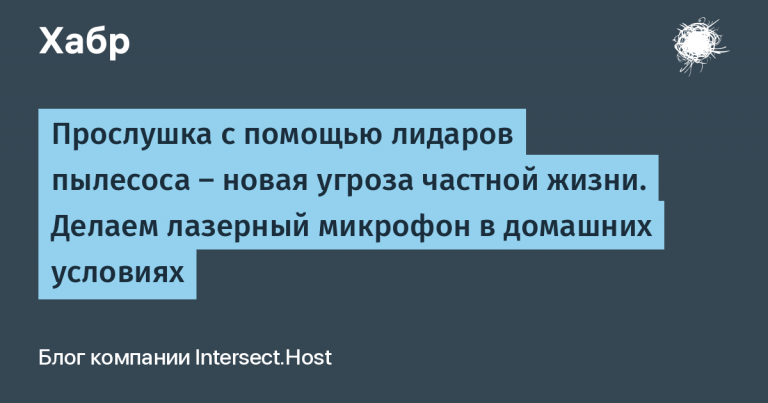patents from the First World War

The First World War is not only an era of battles, but also a time when many things that we actively use today were invented or became widespread. Not all of them are related to the military industry. In our article, we tell about some patents of that time.
Zipper
As early as 1851, Elijah Howe received patent for an “automatic, continuous fastening” for clothing, but his invention was not used at the time. In 1913, Swedish-born engineer Gideon Sundback patented a new version of lightning, and also developed the technology for its production.

This fastener was used in clothing and footwear by the US Army during World War I. The company sold 24,000 zippers in 1918. At the end of the war, the patent was acquired by the fashion house Hermès.
Soy sausages
During World War I, the future head of the FRG, Konrad Adenauer, was the mayor of Cologne, whose residents were starving due to the British blockade. He began looking for products that could replace meat, eventually proposing to use soy instead. Adenauer decided to patent his recipe, but the Reich Patent Office refused him. In 1918, Adenauer finally succeeded patent he was in Great Britain immediately after the end of the conflict, and in France the politician received patent on the method of storing and preparing sausages and other meat products using soy.
Sanitary napkin
French nurses saw that the cellulose bandages they used to bandage the wounded absorbed blood better than regular cotton. They then began using them for their own personal purposes. Industrial production of feminine hygiene products began in the early 1920s.

The first company to produce sanitary pads was the American Kimberly-Clark Corporation. They were sold under the Kotex brand. In the USSR, their name was registered as trademark back in 1968!
quartz lamp
In the winter of 1918, about half of all children in Berlin suffered from rickets, one of the symptoms of which is bone deformities. Berlin doctor Kurt Gulchinsky began irradiating patients with ultraviolet rays from mercury-quartz lamps. After several sessions, the doctor discovered that the children's skeletal system began to strengthen. Soon, patients throughout Germany began to sit in front of quartz lamps. In peacetime, they were often used to get a tan.
Stainless steel
In 1916, Harry Brearley developed what is considered the first stainless steel, obtaining patent. Before that, the military had a problem: gun barrels began to deform under the influence of high temperatures and friction. Brearley was asked to create an alloy that could withstand all these effects. He conducted many experiments and eventually created the required sample. During the First World War, aircraft engines were made of stainless steel, and later they began to make spoons, knives and forks.
Communication for pilots
The first radio message from an airplane to the ground was on August 27, 1910. handed over American pilot John McCurdy. Two years later, two-way radiotelegraph communication was organized for the first time using the ground-to-air system.

In 1916, two aircraft established radiotelegraph communication with each other in flight. At the same time, the concept of controlling air units using commands transmitted via radiotelephone was developed in the USA.
Instant coffee
In 1906, English chemist George Constant Washington developed a technology for producing instant coffee, selling it under the brand name “Red E Coffee.” It was included in the dry rations of American soldiers during World War I.

In 1917, Washington supplied soldiers with six times more instant coffee than it sold to civilians across the United States. Soldiers often simply chewed it dry or drank it diluted with cold water. They were the ones who popularized the drink after they returned home to the States.
Drawing for registration of 5 trademarks.
Useful from Online Patent:
How to get government support for an IT company?
What benefits can you get from registering a computer program?
More content about intellectual property in our Telegram channel



![Take and host your own LLM – why is it necessary? [и нужно ли вообще]](https://prog.world/wp-content/uploads/2024/06/6997ae04bd9f6ac6547282687f76d08b-768x428.jpg)

